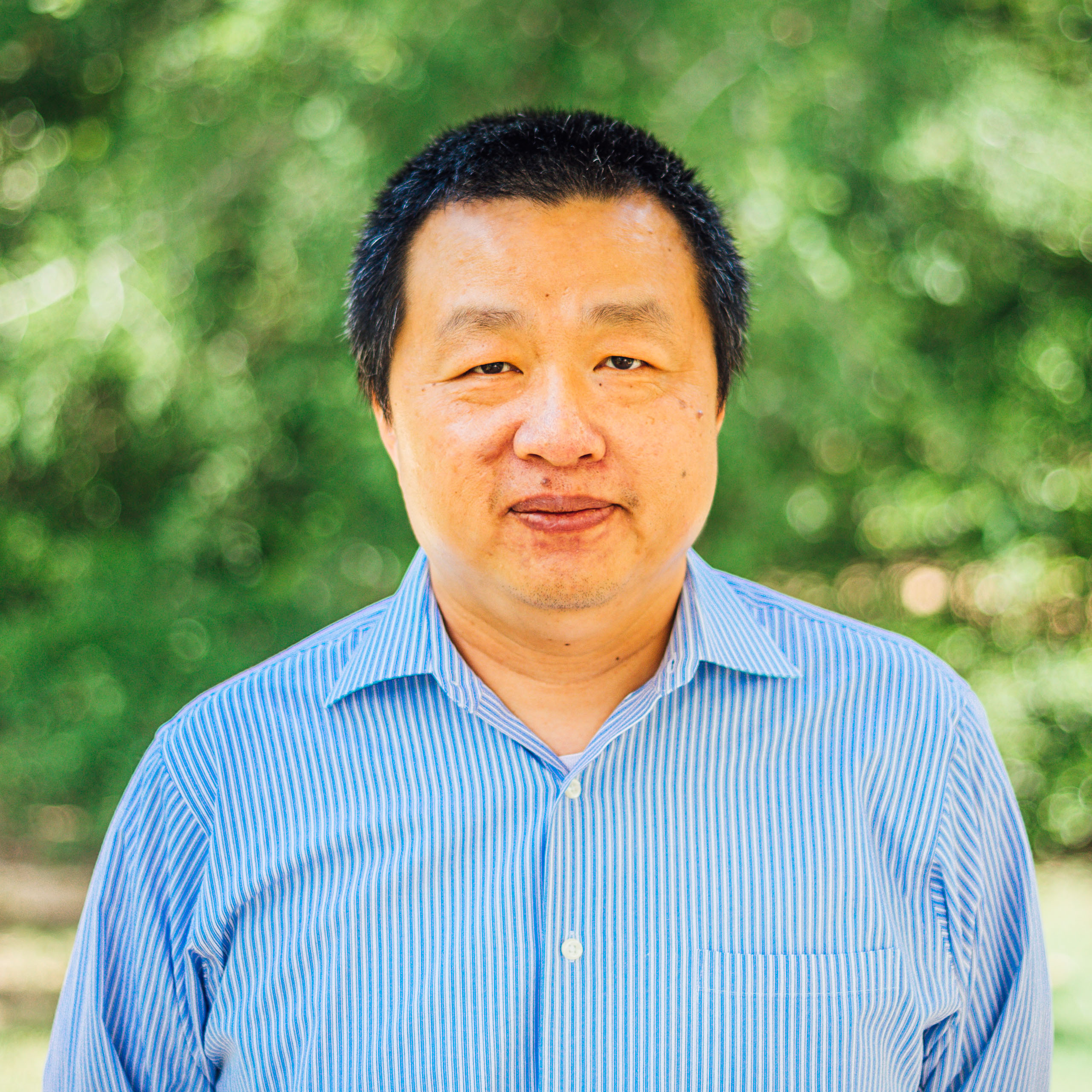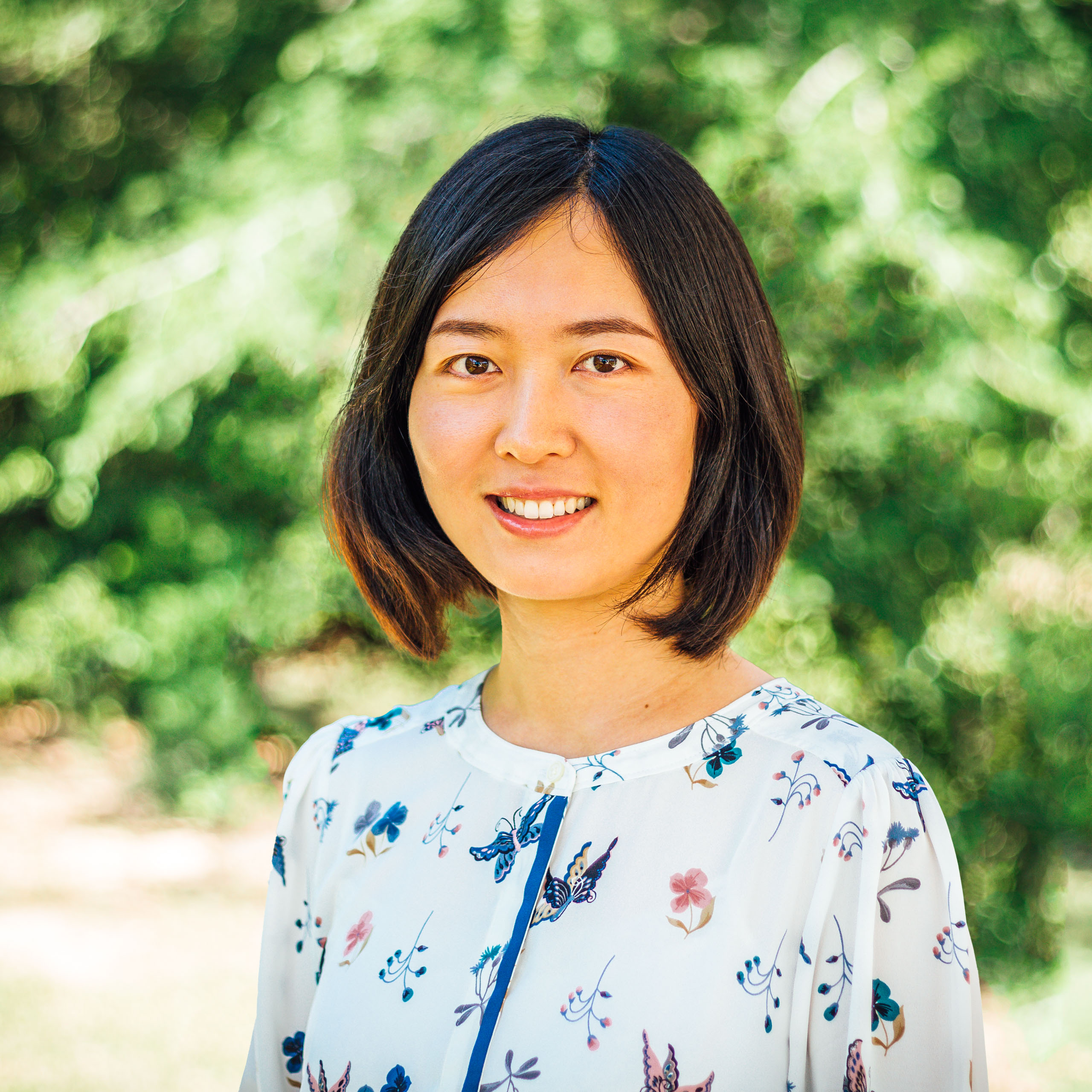
| 9:00–10:30 | Mastering Stata’s datetime concepts and functions
Abstract:
When do leaplings (persons born on 29 February) celebrate their
birthdays in nonleap years? What is the difference in, say,
milliseconds, between two timestamps if leap seconds are counted
based on Coordinated Universal Time (UTC) standards?
Or perhaps you want to make sure that the dates are properly
stored and ready for fitting a time-series model or for
performing survival analysis. Dates and times are all too
familiar concepts we often take for granted. They lurk under
data management and statistical analysis with various degrees of
importance depending on the task at hand. In this presentation,
I will demonstrate how to handle these tasks using Stata's vast
collection of date and time functions, with highlights of the
new functions in Stata 17.
Additional information:
Hua Peng
StataCorp
|
| 10:50–11:50 | Bayesian estimation of dynamic stochastic general equilibrium models
Abstract:
This presentation introduces the implementation of Markov chain Monte
Carlo Simulation (MCMC) in Stata and Stata's methods and
applications for Bayesian estimation of linear and nonlinear
dynamic stochastic general equilibrium models (DSGE).
Additional information:
Wang Qunyong
Nankai University
|
| 2:00–3:00 | Placebo test, robustness test and visualization of synthetic control method (SCM)
Abstract:
The synthetic control method is one of the mainstream methods of
causal inference, but its operations of the placebo test and
robustness test are more complicated.
This presentation introduces Stata's new command for synthetic control,
synth2. This command conveniently performs placebo tests in
space and time dimensions, as well as robustness tests using
leave one out. In the process, the command also automatically
generates a series of visualizations for easy analysis.
Additional information:
Yan Guanpeng
Shandong University
|
| 3:20–4:20 | Standard errors in Stata
Abstract:
For different data types and measurement methods, how to use an
appropriate standard error is one of the keys to knowing statistical
inference.
This presentation will systematically sort out various standard errors
provided by Stata, including basic principles, applicable
scenarios, and classic cases.
Additional information:
Chen Qiang
Shandong University
|
| 9:00–10:30 | Creating custom estimation tables
Abstract:
After fitting several regression models, researchers are often
interested in creating a regression table for the regression
results to examine the variables or statistics of interest.
This presentation introduces how to create an estimation table
using Stata's new etable command and how to customize the look
of the table using collect.
Additional information:
Mia Lv
StataCorp
|
| 10:50–12:00 | Model averaging and its application in the field of economics and finance
Abstract:
Model averaging (MA) is one of the hotspots in international
statistics and econometrics research, and it is essentially a
kind of ensemble learning method.
The basic idea is to perform a weighted average of the results
of multiple models in order to reduce the uncertainty of the
model and improve the prediction effect. Its core research
content is the selection of weights and the measurement of
uncertainty. I will present the basic idea of MA and two
basic approaches, weighted-average least squares (WALS) and
Bayesian model averaging (BMA), and their applications in
economics and finance.
Additional information:
Lian Yujun
Sun Yat-sen University
|
| 2:00–3:30 | Using network methods to research economic problems
Abstract:
In recent years, network methods have gradually become a hot
spot in economics research, with some breakthrough applications
in global value chains, green value chains, international trade,
regional economic integration, policy externalities, and public
goods.
What is the network method? How do you calculate network metrics
with Stata? How do you use network methods to research problems in
your own field and publish papers? This presentation will lead you to
understand the classic application cases of network methods in
economics research and introduce the related theories and
practical applications of network methods.
Additional information:
Mr. Ouyang
|
| 3:50–4:50 | Evaluation of green total factor productivity and high-quality development
Abstract:
High-quality development is a new expression put forward by the
19th National Congress for the first time, indicating that
China's economy has shifted from a stage of high-speed growth to
a stage of high-quality development.
"Establishing and improving an economic system for green,
low-carbon and circular development" proposed in the report of
the 19th National Congress of the Communist Party of China
pointed out the direction for high-quality development in the
new era and also raised an extremely important topic of the
times. The year 2021 coincides with the intersection of the
history of the "two centenary" goals. At the special moment of
the two sessions, Xi Jinping successively emphasized
"high-quality development", which is of great significance. At
the same time, the carbon peaking and carbon neutrality goals of
3060 put forward specific requirements for green and
high-quality development. Therefore, how to assess high-quality
development is a key scientific question. Based on Professor
Zhang Ning's own research experience, this presentation will explain
how to evaluate high-quality development from multiple
dimensions from the perspective of efficiency and productivity.
At the methodological level, four common estimation methods for
efficiency measurement will be introduced in turn: parametric
linear programming, stochastic frontier analysis, and econometrics
and data envelopment analyses. I will provide independent modeling and
programming research ideas and explain the use of gtfp of the
co-developed Stata package, providing reference and application
guidelines for efficiency and productivity researchers.
Additional information:
Zhang Ning
Shandong University
|
| 4:50–5:00 | Giveaway: One-year Stata/SE 17 license |
| 5:00–5:10 | Closing |
Reproducible reports with Stata

Hua Peng
Executive Director, Software Engineering and Data Science
Interesting examples of table and collect

Mia Lv
Staff Statistician 2

The 2022 Chinese Stata Conference is organized by Beijing Uone Info & Tech Co., Ltd. (Uone-Tech), an official reseller of Stata in China.
View the proceedings of previous Stata Conferences and Users Group meetings.